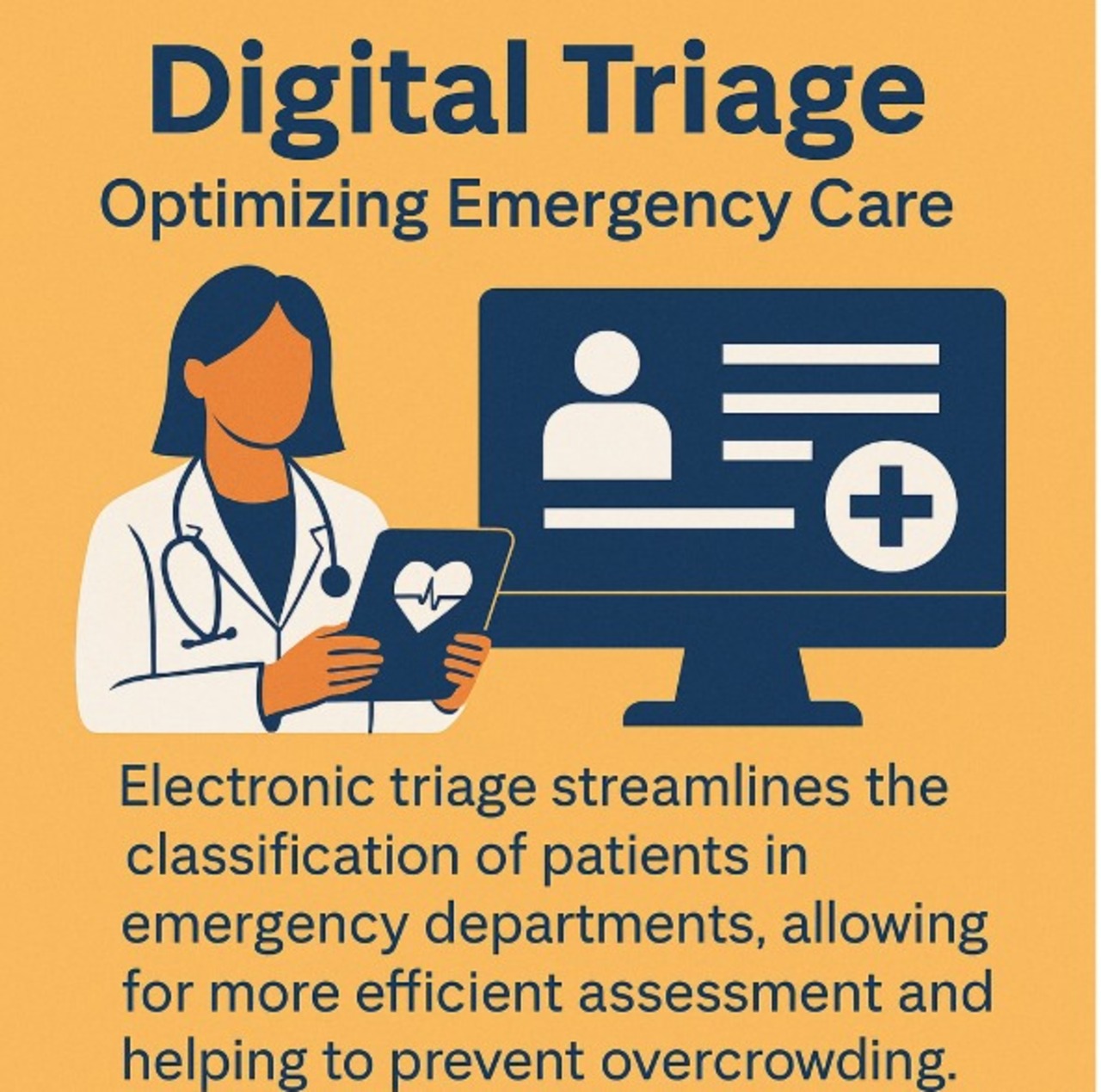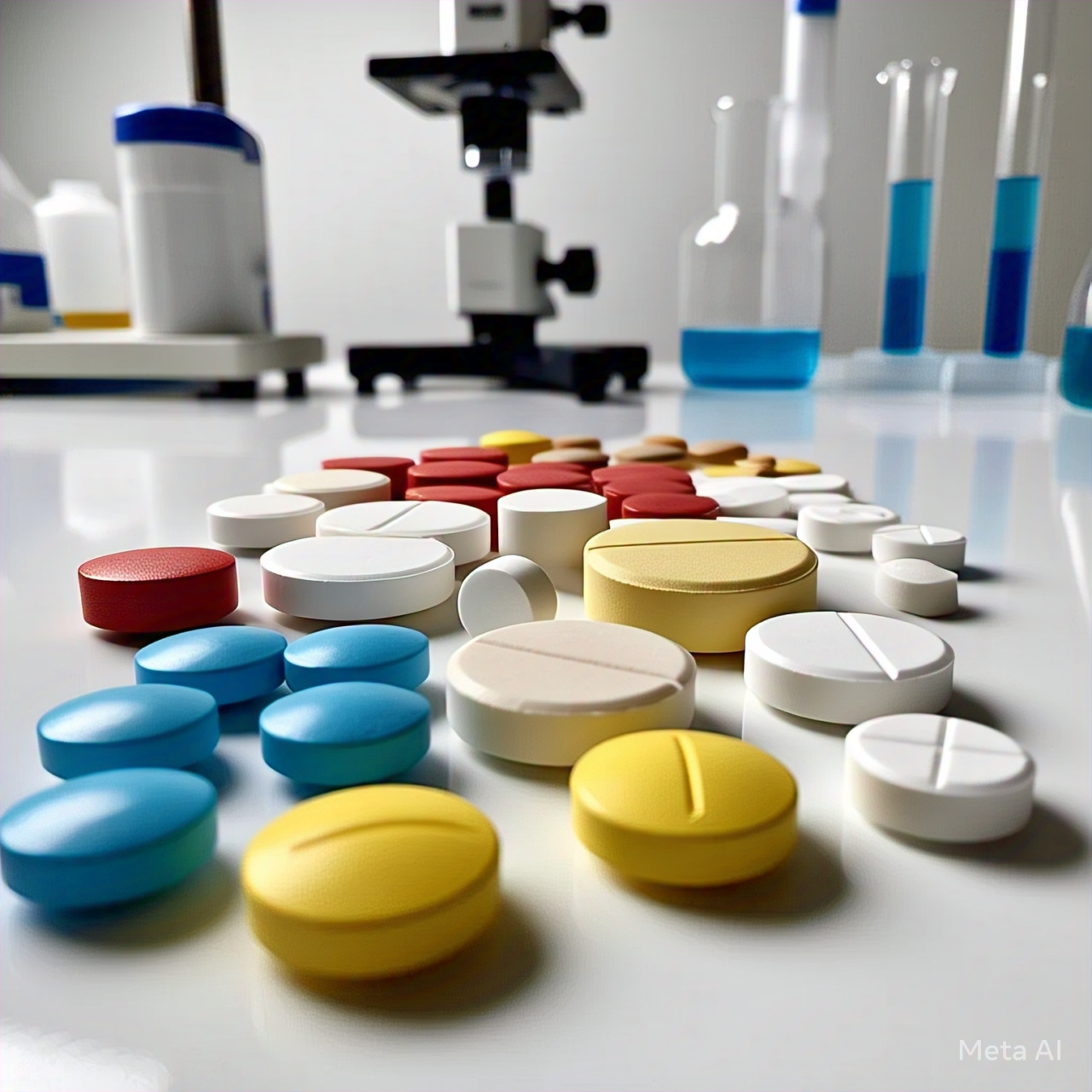
What Else Are You Chewing? Chewing Gum Under Scrutiny for Containing Microplastics
Chewing gum may expose the body to microplastics. UCLA scientists identified tiny particles that break off and enter the body.
What Else Are You Chewing? Chewing Gum Under Scrutiny for Containing Microplastics
What seems like a harmless habit — chewing gum — may actually hide a growing public health concern. Researchers at the University of California, Los Angeles (UCLA) have found that many commercial chewing gums release microscopic plastic particles that can be ingested without the consumer noticing. These tiny fragments, known as microplastics, may enter the human body with every chew.
The study, part of a broader investigation into everyday sources of microplastic exposure, revealed that the friction caused by chewing is enough to dislodge particles from the synthetic polymer base used in most modern gums. Unlike traditional gum made from natural chicle (a sap derived from the sapodilla tree), today’s chewing gums typically contain synthetic bases that include plastics such as polyethylene and polyvinyl acetate — materials also found in packaging and industrial adhesives.
Because these particles are so small, they’re undetectable in terms of taste or texture but could pass through the body's natural digestive barriers. While the full impact of microplastics on human health is still under study, previous research has linked them to cellular inflammation, hormonal disruption, and potential effects on vital organs.
“The issue is that there’s no specific regulation requiring brands to disclose the plastic content in their gum base,” the UCLA study warns. This means the average consumer is unaware that their favorite gum might be a direct source of plastic exposure.
This discovery adds to the growing concern about how widespread microplastics have become in daily life. They’ve already been detected in bottled water, table salt, seafood, air — and now, in chewable products. As the exposure map expands, the scientific community is calling for stricter oversight and safer alternatives.
Some eco-conscious brands are already turning to biodegradable, plastic-free natural gums. For concerned consumers, reading ingredient labels and choosing certified natural options can make a meaningful difference.
Gum may still be sweet and refreshing, but with this new information, it’s worth asking: what else am I putting in my mouth?











LEAVE A COMMENT: